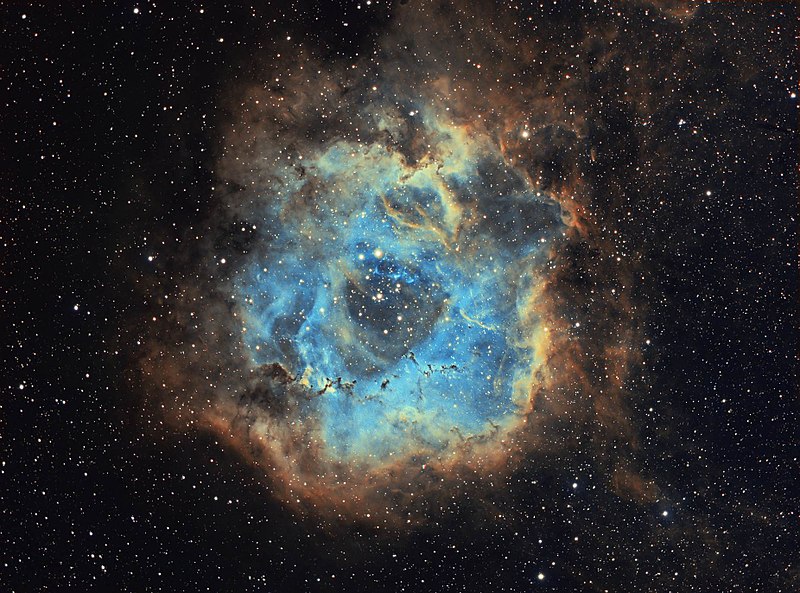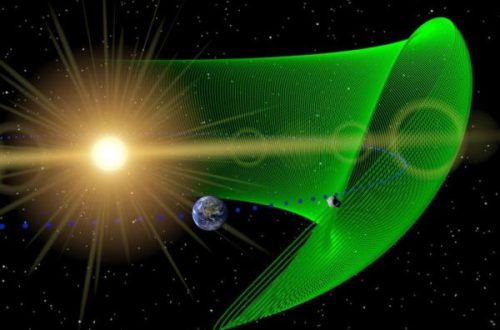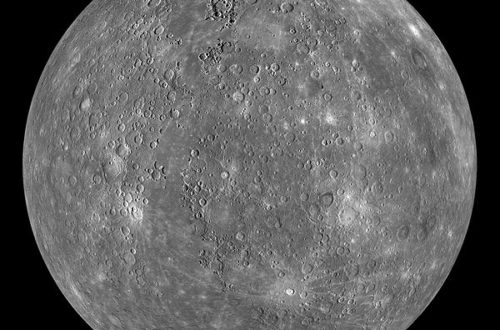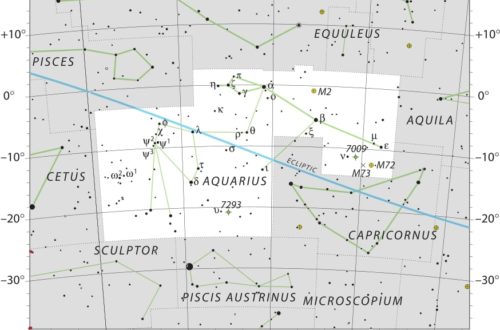Unveiling the Majestic Beauty of the Rosette Nebula

The Rosette Nebula, a cosmic wonder located in the constellation Monoceros, has captivated astronomers and stargazers alike since its discovery in the 17th century. Also known as Caldwell 49 or NGC 2237, this stunning emission nebula and H II region spans over 130 light-years and is named after its rose-like shape. Its intricate filaments of gas and dust are illuminated by the radiation from the young, massive stars at its center, creating a breathtaking display of colors and patterns.
The Rosette Nebula is not only visually stunning but also scientifically significant, as it provides insight into the formation and evolution of massive stars. This celestial beauty has been studied extensively by astronomers using various telescopes and instruments, revealing new discoveries and astounding facts about its composition and structure.
In this blog article, we will delve into the fascinating world of the Rosette Nebula and explore its captivating images, formation and evolution, and the methods used by astronomers to unveil its majestic splendor.
Astounding Facts About the Rosette Nebula
As we delve deeper into the Rosette Nebula, we discover some truly astonishing facts that make this cosmic wonder even more fascinating. Some of the most mind-blowing facts about the nebula include its massive size – spanning over 130 light-years, the presence of a massive central star cluster, and the fact that it’s one of the brightest nebulae in our galaxy.
Additionally, the Rosette Nebula is surrounded by a vast cloud of molecular hydrogen, which is responsible for creating new stars within its boundaries. It’s truly remarkable to think about the complex processes happening within the nebula that have taken millions of years to form.
As we continue to explore this incredible beauty, we are sure to discover even more astonishing facts that will only add to our appreciation of this majestic cosmic wonder.
Why Does the Rosette Nebula Appear as a Skull?
The Rosette Nebula appears as a skull because of a phenomenon called pareidolia, which is the tendency for the human brain to perceive familiar shapes and patterns in random or vague stimuli. In this case, the combination of dark dust clouds and bright gas emissions in the nebula create an image that resembles a skull.
The skull-like appearance of the nebula is due to the dark, dense regions of dust that block out light from behind them. These regions are shaped like eye sockets and a nasal cavity, giving the impression of a skull. The bright areas around these dark regions are caused by ionized hydrogen gas emitting radiation.
Despite its spooky appearance, the Rosette Nebula is actually an active site of star formation. The hot stars within it are heating up nearby gas clouds, causing them to glow brightly. Over time, these clouds may collapse under their own gravity to form new stars.
Overall, while pareidolia may make us see shapes like skulls in astronomical phenomena like the Rosette Nebula, it is important to remember that these shapes are simply our brains’ way of processing information and do not have any inherent meaning or significance beyond what we assign them.
Is the Rosette Nebula Visible?
The Rosette Nebula is indeed visible to the naked eye, but it depends on various factors such as light pollution and weather conditions. It is located in the Monoceros constellation and can be seen from both hemispheres of the Earth. However, it may be easier to observe from the northern hemisphere during winter months when it is higher in the sky.
To get a better view of the Rosette Nebula, one would need a telescope or binoculars. With these tools, one can observe its intricate details and colors that are not visible with the naked eye. The nebula appears pinkish-red due to ionized hydrogen gas that emits light at a specific wavelength.
Conclusion
In conclusion, the Rosette Nebula is a magnificent wonder of the cosmos that has captivated astronomers and enthusiasts alike. Its astounding features, including its massive size, intricate structure, and stunning colors, make it a breathtaking sight to behold.
As we continue to explore the universe, the Rosette Nebula will undoubtedly remain one of the most fascinating objects to observe and study. Its magnificent splendor reminds us of the grandeur and complexity of the cosmos, and inspires us to keep exploring and discovering the wonders of the universe.
Would you like to receive similar articles by email?





